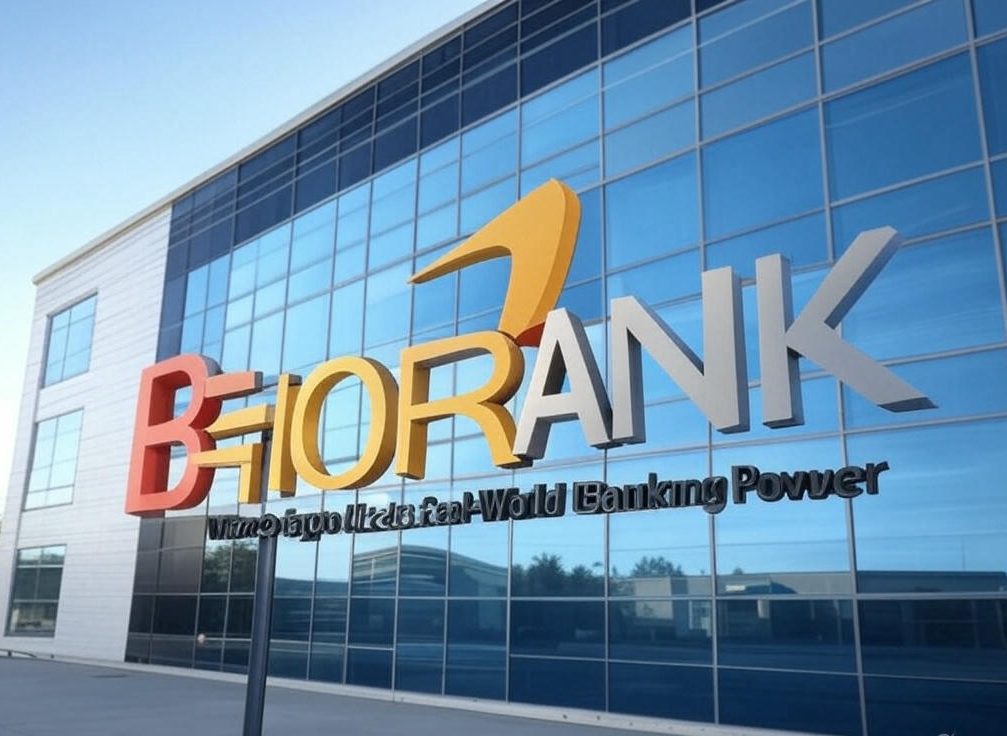The European Insurance and Occupational Pensions Authority (EIOPA) has proposed a tough new regulation requiring insurance firms to hold capital equal to 100% of their cryptocurrency assets, according to a Cointelegraph report. Unveiled in EIOPA’s Technical Advice report to the European Commission on March 27, the measure aims to shield policyholders from the high volatility and risks tied to crypto, setting a stricter standard than for stocks or real estate.

The European Insurance and Occupational Pensions Authority (EIOPA) has proposed a stringent regulation requiring insurance firms to maintain capital equivalent to their crypto holdings.
Unlike stocks, which carry capital charges of 39% to 49%, or real estate at 25%, crypto assets would face a full 100% “haircut” under EIOPA’s favored plan. The regulator cites past crashes—Bitcoin’s 82% drop and Ether’s 91% plunge—as evidence that crypto prices could collapse entirely, with diversification offering little protection. The proposal fills a gap in the EU’s current insurance framework, which lacks specific rules for crypto under the Capital Requirements Regulation and the Markets in Crypto-Assets Regulation (MiCA).
EIOPA considered four options: no change, an 80% stress level, a 100% stress level, or a wider review of tokenized assets. It rejected the 80% option as too lenient, favoring the 100% stress level to match transitional treatments under CRR. The regulator argues this won’t unduly burden insurers or raise costs for policyholders, given crypto-related insurance undertakings represent just 655 million euros—0.0068% of the sector in Europe.
Luxembourg and Sweden, holding 69% and 21% of these exposures, would feel the biggest impact, followed by Ireland, Denmark, and Liechtenstein. Most crypto assets are held in funds like ETFs for unit-linked policyholders. While crypto’s current footprint in insurance is small, EIOPA warns of its high-risk profile and potential for total value loss. The regulator notes that growing adoption may call for a more nuanced approach down the line.




